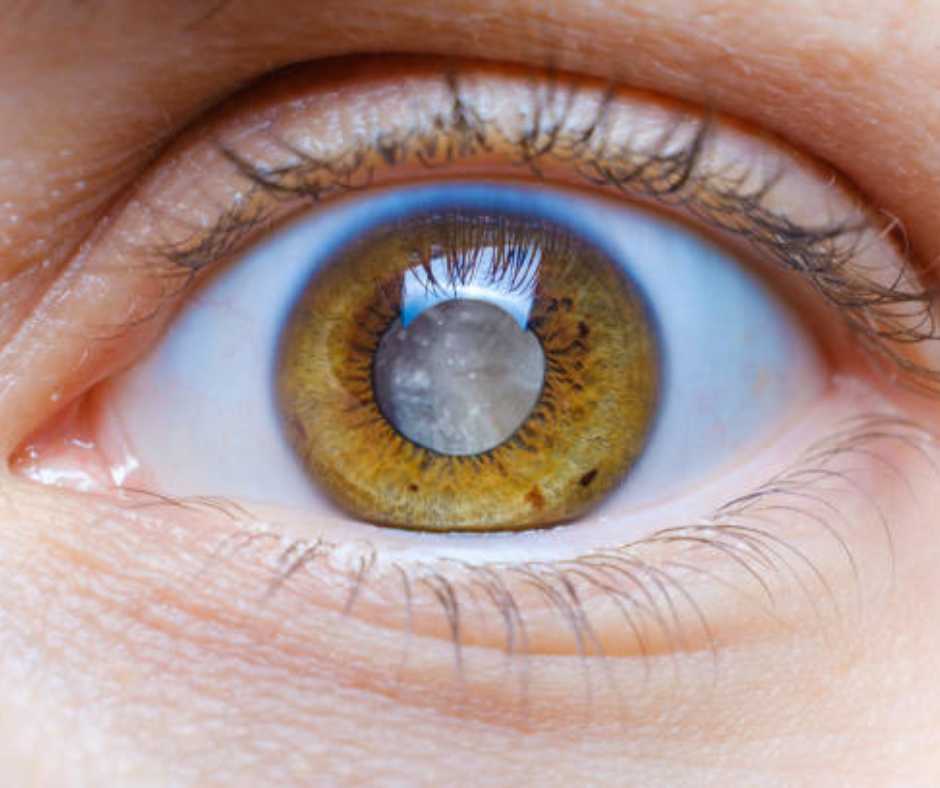
Key facts
- Glaucoma is a common eye problem that causes vision loss due to damage to the optic nerve. If untreated, glaucoma can cause blindness.
- There are 2 main types of glaucoma: open-angle and closed-angle glaucoma.
- Glaucoma can also be described as primary or secondary, as well as chronic or acute.
- Acute angle-closure glaucoma involves sudden, severe eye pain with nausea and vomiting, headache and blurred vision. This is an emergency and you should seek prompt treatment so you don’t lose vision.
- Regular eye tests by an optometrist can mean early treatment and reduce you chance of long term damage to your vision.

What is glaucoma?
Glaucoma is a common eye problem that causes vision loss due to damage to the optic nerve. If untreated, glaucoma can cause blindness.
Usually the deterioration in vision is very gradual and not noticeable, so regular eye examinations are recommended for people from middle age.
Once detected, glaucoma can be treated to prevent or delay further vision damage.
What are the types of glaucoma?
There are several different types of glaucoma. The 2 main types of glaucoma are:
- open-angle — where fluid pressure builds up in the front part of the eye even when the fluid drainage pathways are open
- closed-angle (or angle-closure) — where the eye’s fluid drainage pathways are narrowed or closed, so fluid pressure builds up quickly, which may cause pain in the eye and sudden loss of vision
Different types of open-angle and closed-angle glaucoma can be categorised as either:
- primary glaucoma — with an unknown cause; or
- secondary glaucoma — caused by an eye condition, such as surgery, trauma, drugs or eye disease
Primary open angle glaucoma (POAG) is the most common form of glaucoma in Australia.
What are the symptoms of glaucoma?
Most people with glaucoma have few or no symptoms until their eyesight is damaged.
If you have primary open angle glaucoma you may have no symptoms, or you may lose peripheral vision at first. You might not notice this until there is significant optic nerve damage.
If you have chronic angle-closure glaucoma you sometimes get vision problems, such as a halo-like image around lights or you may have no symptoms.
What causes glaucoma?
Doctors don’t clearly understand why glaucoma happens.
Glaucoma refers to a group of conditions that damage the optic nerve that links the eye to the brain. The optic nerve carries signals from the back of your eye to the brain and allows you to see. Nerve damage can result from problems with the fluid in the eye.
Sometimes, the pressure of the fluid inside the eye rises, and the fluid presses hard on the optic nerve, damaging it. Glaucoma can sometimes occur even when the fluid pressure in the eye is normal.
Who is at risk of glaucoma?
You are at higher risk of developing glaucoma if you:
- have a close relative with glaucoma
- have high eye pressure
- are over 50
- are short-sighted or long-sighted
- use (or have used) cortisone (steroid) medications for long periods
- have diabetes or have high or low blood pressure
- have migraine headaches
- have had an eye operation or eye injury
How is glaucoma diagnosed?
An optometrist or ophthalmologist (specialist eye doctor) can detect it early on if you have regular eye examinations every 1 to 2 years. They will look at the nerve fibres and the structure of the eye drainage network, test the field of vision and measure the eye pressure. This examination will take 20 to 45 minutes.
How is glaucoma treated?
If you have acute angle-closure glaucoma, you need prompt treatment to reduce the pressure. This may be done with eye drops or an intravenous medicine. You may also need surgery.
Nerve cells damaged by glaucoma can’t be repaired. Treatment is designed to prevent or slow further damage, mainly by reducing the pressure in the eye. This may involve:
- eye drops or oral medicine
- laser surgery or other surgery to open or create a new drainage channel
Glaucoma surgery is usually an outpatient or day-surgery procedure. You might have a local anaesthetic (such as eye drops) or a general anaesthetic. Your surgeon will explain to you the preferred type of surgery and anaesthetic for your condition.
Can glaucoma be prevented?
Unfortunately, while it can be managed, glaucoma can’t be prevented.



